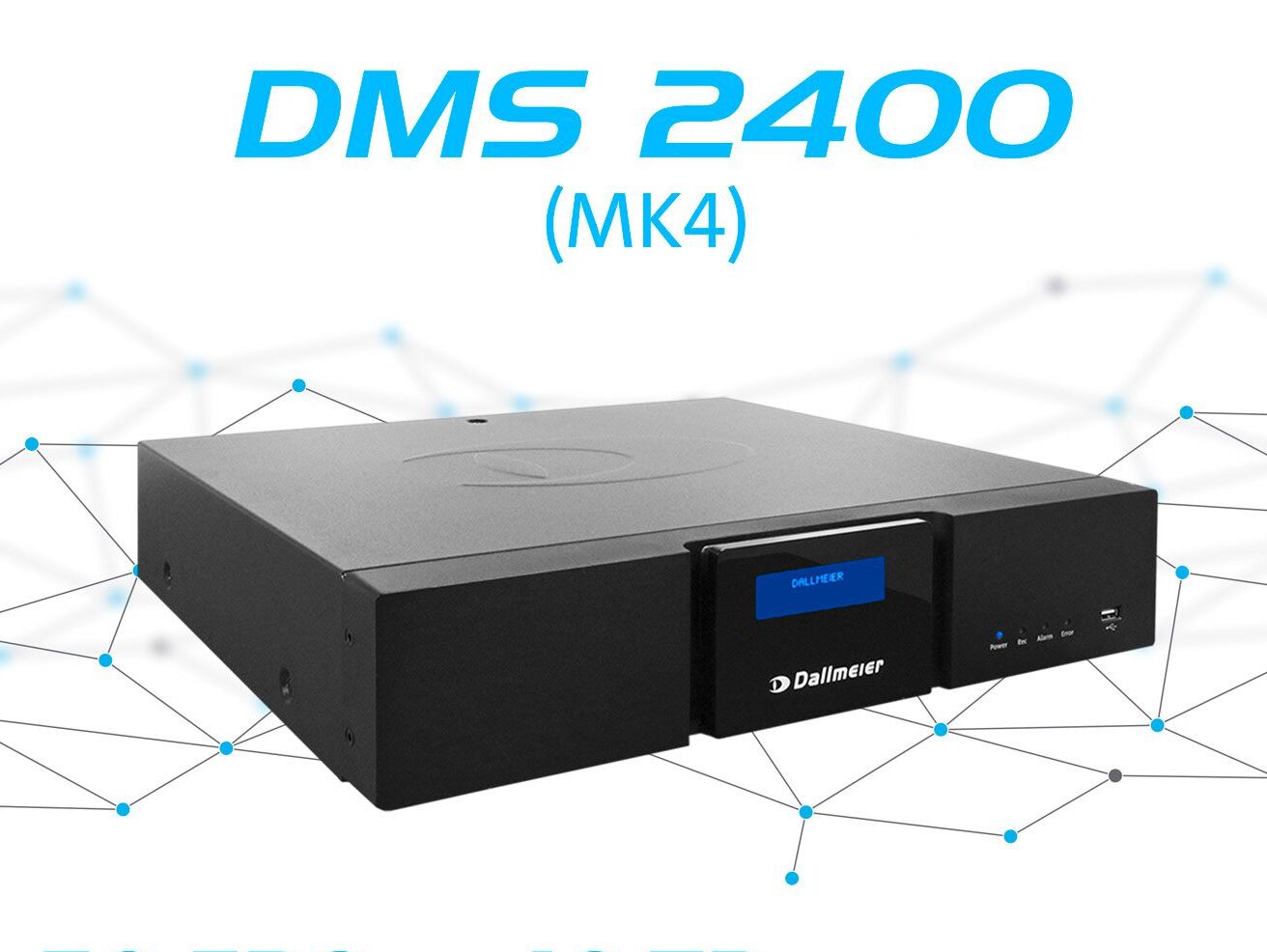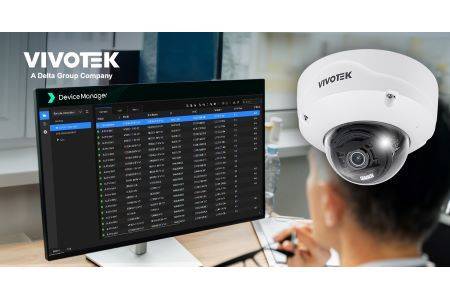Secure Chorus announced the publication of its latest white paper entitled ‘Emergency Services Communications: Secure Chorus Compliant Products interoperability with Mission-Critical Push-to-Talk Products.’
Public safety organisations and other relevant stakeholders said the paper, more than ever, had a pressing requirement for reliable, secure and interoperable multimedia communication technologies to support its operational effectiveness and service delivery in disaster response scenarios such as natural and man-made crises.
The paper discussed how user expectations of radio systems today are higher than ever, both in terms of functionality and reliability. TETRA, which was designed for voice communication, has limited capacity to handle the vast demands for data bandwidth created by today’s media-rich communications that have become essential in emergency response environments.
Commercial mobile network operators are now rapidly migrating to IP-based networks and are preparing for the roll-out of 5G. This increased performance and added feature-set of next-generation consumer mobile networks. This included device-to-device communication, means that many countries are examining the viability of using commercial mobile networks to provide increased capability. This is then to make use of radio frequencies to address the requirements of public safety multimedia communications.
As standardisation efforts for providing public safety networks over 4G are currently being realised at an international level, coordinated by the 3rd Generation Partnership Project (3GPP), and the development of a family of standards for “Mission-Critical Push-to-Talk” (MCPTT), extended to include Mission-Critical Data and Mission-Critical Video.
The white paper provides an overview of MIKEY-SAKKE, standardised in the Internet Engineering Task Force (IETF) and chosen by 3GPP for use in the MCPTT standards. MIKEY-SAKKE is reportedly well suited for technology products for emergency services organisations and other stakeholders that may have slightly different communication requirements.
While 3GPP has developed the MCPTT standards to create a common set of interoperability standards for use within public safety scenarios, one further key requirement for a secure multimedia communication ecosystem for the public safety community is that any stakeholder can securely communicate with any other stakeholder in that community. This must hold true even if one such stakeholder isn’t a typical user of an MCPTT-approved product.
www.securechorus.org
www.securechorus.org/white-papers
Secure Chorus publishes new white paper on Emergency Services Communications
About Security Buyer
Security Buyer is the leading authority in global security content, delivering expert news, in-depth articles, exclusive interviews, and industry insights across print, digital, and event platforms. Published 10 times a year, the magazine is a trusted resource for professionals seeking updates and analysis on the latest developments in the security sector.
To submit an article, or for sponsorship opportunities, please contact our team below.

Rebecca Spayne
Managing
EDITOR

Georgina Turner
Sales
Manager

Afua Akoto
Marketing Manager
Read the Latest Issue
Follow us on X
Follow us on X
Click HereFollow us on LinkedIn
Follow us on LinkedIn
Click HereAdvertise here
Reach decision makers and amplify your marketing

























